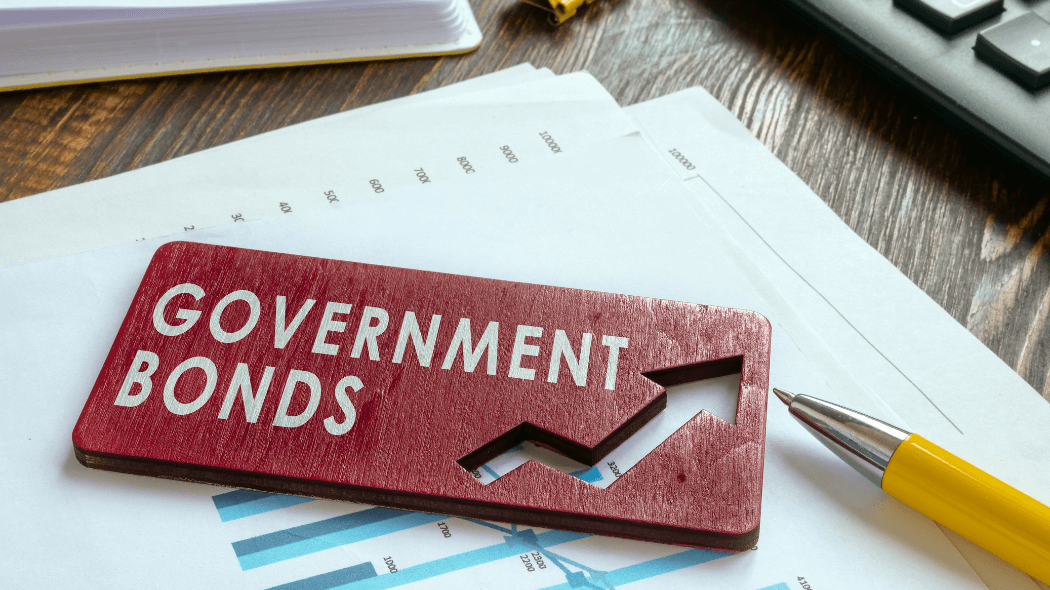As the name suggests, Short Duration Funds are debt funds with a short-term maturity period. These funds primarily invest in debt or money market securities with 1-3 years of the investment horizon.
Fund houses allocate the majority of your assets into short-term instruments and the remaining into long-term instruments to balance returns and risk.
These funds have lower interest rate risk and varying credit risk depending on the scheme’s credit rating.
Here’s everything you need to know about these funds.
How Do Short Duration Funds Work?
Short-duration funds invest the majority of the assets in debt and money market securities with 1 to 3 years of Macaulay duration.
|
What is Macaulay Duration? It is the weighted average number of years the present value of a fixed income instrument’s cash flows will take to match the amount paid for the instrument. Confused? In simple words, Macaulay duration means the average time you will need to recover the initial investment through the instrument’s cash flow. Please note that- in this case, duration does not mean tenure. Duration measures the value/sensitivity of the principal amount with respect to a change in interest rate. And tenure indicates maturity. If the Macaulay duration is higher-> the instrument’s sensitivity to the changing interest rate is also higher. |
Usually, fund houses create the investment regime to generate income via the accrual of bond yield over the investment tenure.
You will get both the interest earned and the principal amount by the end of the fund’s tenure. This eliminates the price volatility of the underlying instruments.
For example,
Let’s say the face value of the bond is INR 500 with a 7% annual coupon rate and 3 years maturity period.
Each year, you will get a 7% coupon rate on your principal amount.
The bond price may change with interest rate movements. But, it will have no impact on your investment if you hold it till maturity.
Top 3 Advantages of Investing in Short Duration Funds
1. Stable Returns Over The Investment Tenure
Fund managers prefer to hold bonds or money market instruments under the scheme till maturity. By doing so, fund houses accrue the coupons or the interest income that an investor is entitled to receive.
Debt funds are safer compared to equity funds and the returns are predictable. You can expect stable returns on debt funds.
We recommend you match your investment tenure with the fund duration to avoid interest rate risk. Staying invested for at least 3 years enables the tax benefit for you. You will only have to pay a 20% tax on the long-term capital gain post-indexation benefit.
2. Lower Risk
Debt funds have two types of risks- Interest rate risk and Credit risk.
Bond prices are inversely proportional to the interest rate. When the interest rate rises, bond prices go down, and vice versa.
To avoid interest rate risk, you can invest in funds based on the interest rate cycle. Short-duration funds perform well in rising interest rates. They can quickly mature and adapt to the new interest rate. During falling interest rates, long-duration funds perform better. The NAV of the funds goes up with each fall in the interest rate.
Choosing higher credit rating funds can avoid credit risk. Only invest in funds that have AAA or AA ratings. The risk factor increases as you go down on the credit rating chart.
3. Diverse Portfolio
Short duration funds are best suited for portfolio diversification. These funds invest in various fixed-income securities for a shorter duration.
If you are not ready to lock your investment for a longer duration, these funds are for you.
Things To Consider Before Investing in Short Duration Funds
1. Investment Horizon
Make sure you are certain about the investment horizon that you are looking for. Between 1 to 3 years, you can invest in funds that align with your portfolio.
3-year tenure is not much, so we would recommend keeping at least 3 years of investment horizon while choosing a fund.
2. Yield to Maturity vs Coupon Rate
The scheme will have a predefined annual coupon rate which remains the same throughout the tenure.
But, the interest rate keeps changing all the time. Yield to maturity is the annual rate of interest that you will earn from the funds. It could be higher or lower than the coupon rate.
3. Risk Tolerance
Even though short Duration funds are less riskier, you must analyze the risk tolerance of your portfolio.
Seek guidance from VNN Wealth advisors on how much risk your portfolio can manage. Choose your investments accordingly.
4. Track Record of The Fund and Fund Manager
We would recommend taking a moment to study the performance of the funds.
Though historical data is not the only way to judge a fund as anything can happen with the changing economy. But better to be aware of it.
Fund managers’ strategies and calculations are crucial for the fund’s performance. Check the track record of the fund house/manager along with the scheme itself before investing.
5. Expense Ratio
Fund houses charge you a small fee to handle your investments and to deliver desired outcomes. The fee is called the expense ratio which won’t be much for passive funds but could be higher for active funds.
Compare the expense ratio of various funds in a similar category to stay informed.
Note- Higher expense ratio is not always bad. Sometimes, funds with a higher expense ratio may deliver equally superior returns.
Tax Implications
Taxation on Debt funds has been revised since April 2023.
Now, both Short-term capital gains and Long-Term Capital Gains will be taxed as per the tax slab.
The indexation benefit on Long-Term Capital Gains is only applicable to hybrid funds with more than 35% exposure to equity funds.
Read more about mutual fund taxation.
Who Should Invest in Short Duration Funds?
Short-term funds are primarily suited for investors looking for a fixed income. These funds will generate stable returns with low to moderate risks in a short duration.
Investors who are looking for investments shorter than 5 years can go with these funds. You can get the indexation benefit after 3 years of investment tenure.
Conclusion
Short-term debt funds are a great way to generate income without a longer investment horizon. You can choose funds between 1 to 3 years of maturity at your convenience.
You may come across a moderate risk due to interest rate movements. But you can avoid it by holding your investment until maturity.
If you are looking for an option to balance equity funds risk, debt funds can help you. Debt funds have become as famous as FDs because of the lower risk and fixed coupon rates.
So if you are planning to invest in debt funds, don’t forget to explore various options. Get in touch with our advisors to see which funds can align with your portfolio.
You may also like











